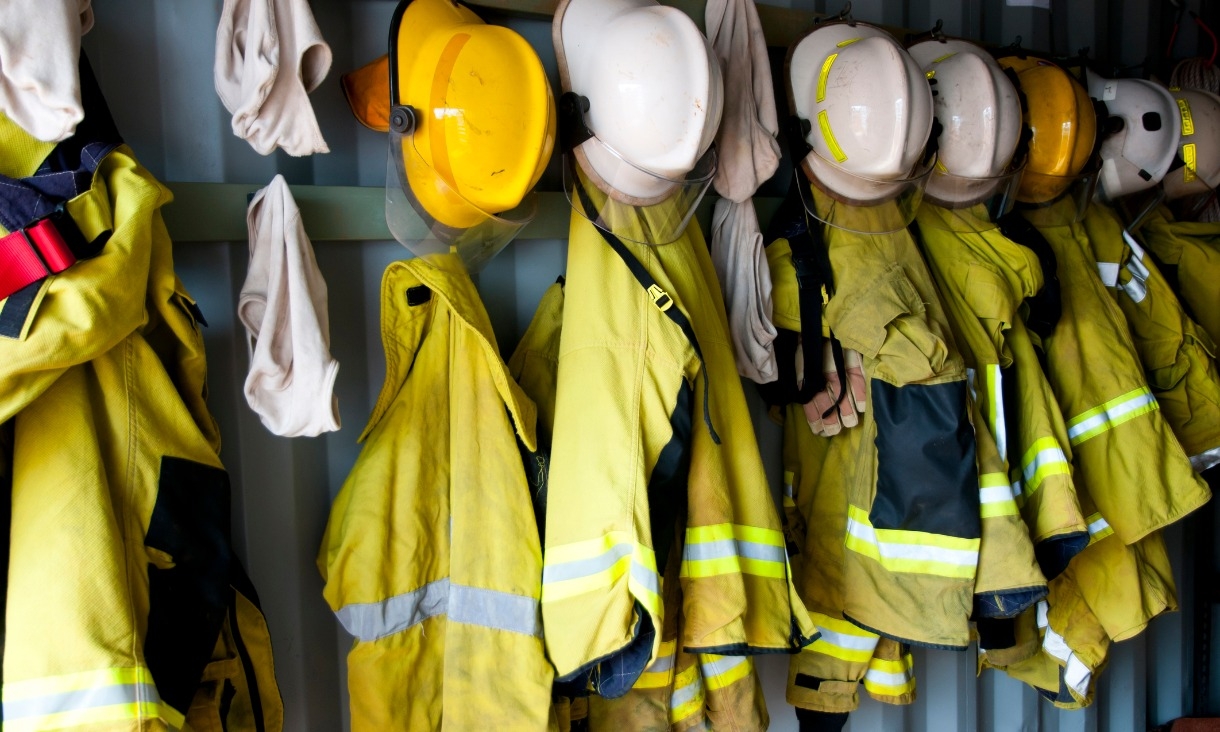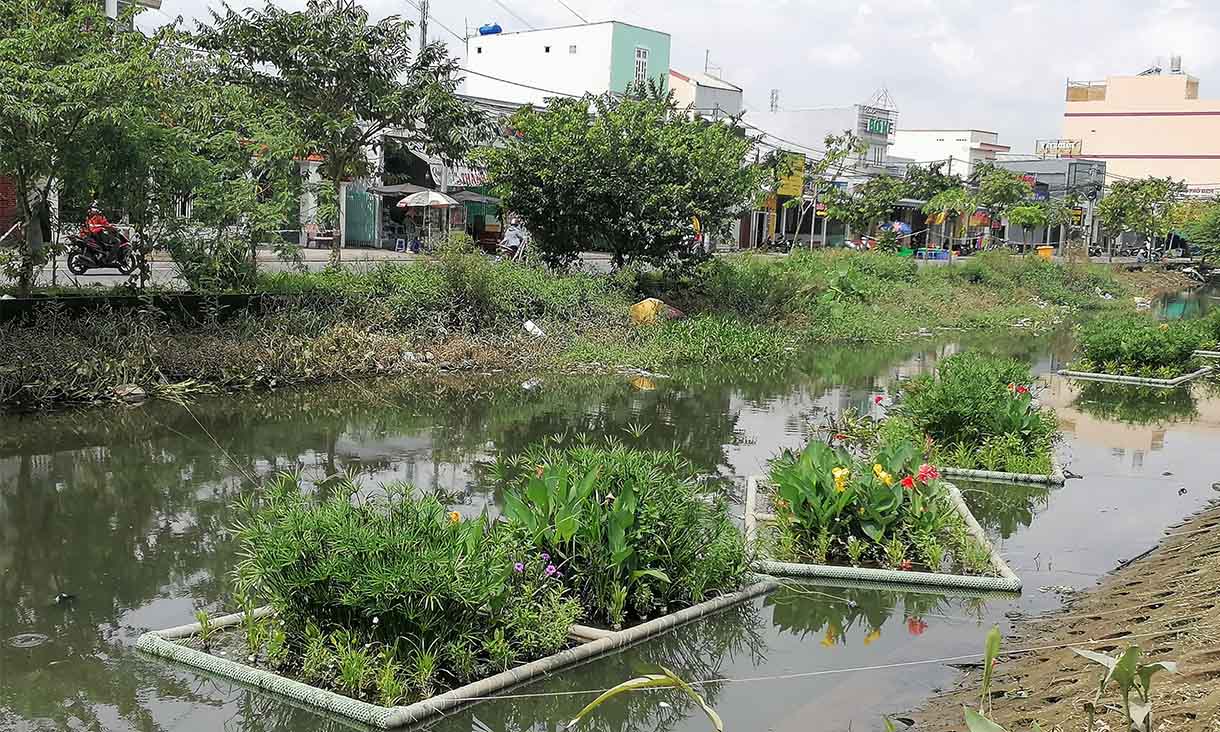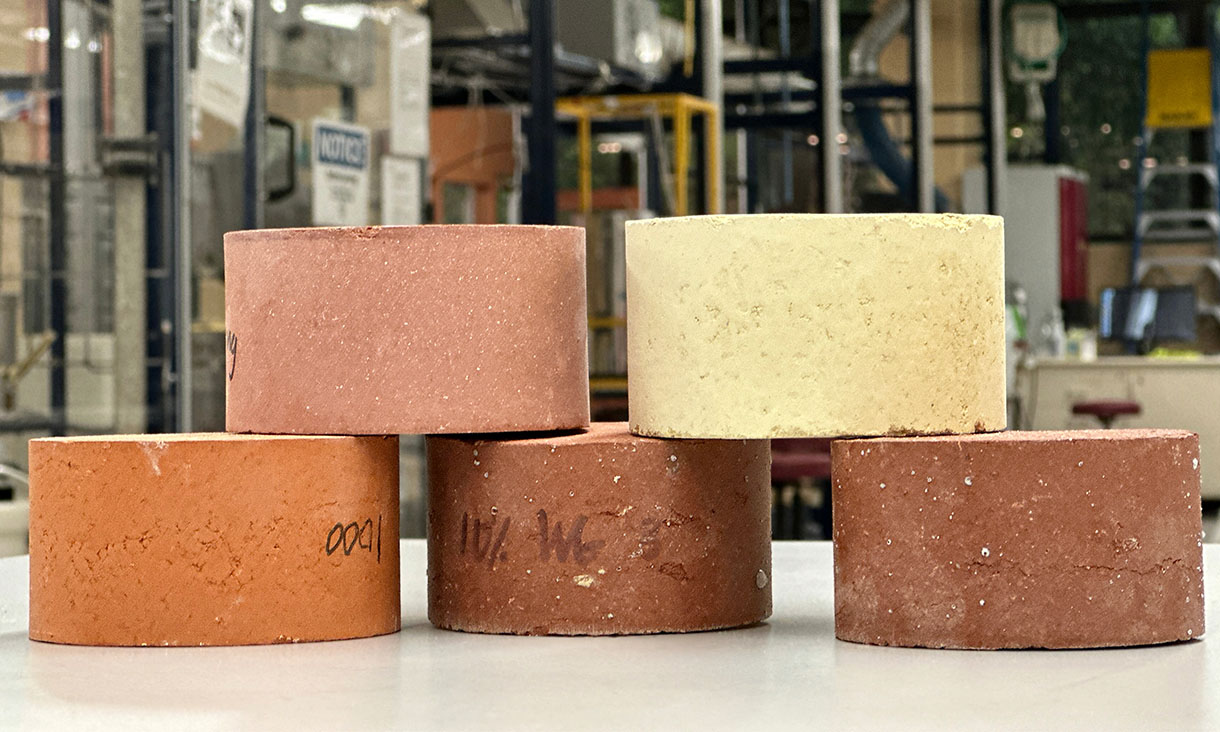Functional materials to combat physical stresses
Troynikov’s research group looks at the human attributes of the wearers – the ergonomics, biomechanics, and thermal physiology – to develop materials to relieve the physical demands of firefighting, which is often exacerbated by heavy and bulky protective gear.
Underpinned by materials engineering, the research focuses on the end user’s tasks, the tough environments in which they work, and the physical stresses they experience.
“We engineer materials and garment systems that not only effectively protect and reduce the burden of wearing protective gear, but also equip the body to undertake exhausting tasks in extreme environments,” said Troynikov.
“For example, by incorporating super absorbent materials into the internal layer of protective clothing we're able to improve comfort levels for the end user by keeping the skin dryer.”
Putting the prototypes to the test
Using RMIT’s state-of-the-art research and laboratory infrastructure the researchers test their prototypes in conditions that mimic those occurring in real fire scenarios.
“We work with industry partners to develop protective materials and garments that best suit the firefighter’s body to reduce the physiological burden of extreme heat,” said Troynikov.
“Considering the nature of our research, we test our materials in a controlled setting before trying them out on humans – this is where thermal manikins come in."
As completion of the Manikin Based Flash Fire Evaluation Research Facility draws near, the researchers will soon be able to evaluate how complete protective systems and materials hold up in situations where firefighters are exposed to open flame.
“The first of its kind in Australia, and among only a few in the world, this facility will allow us to evaluate where burns could occur on the body if the firefighter’s protection gear is not up to scratch,” said Troynikov.
“Using the manikins we can assess the performance of our prototypes in terms of thermal protection through sensor data collection and analysis.”
As firefighting forces become less male-dominated, the engineers also seek to maximise the comfort and protective capability of new garments and materials according to the end user’s physical frame.
“Using 3D body scanning we have found that air trapped underneath the same size jacket differs in volume according to the physique of the wearer,” said Troynikov.
“The volume of trapped air can affect the material’s thermal and vapor resistance and impact upon both the firefighter’s physiological comfort and the efficacy of the protective clothing.”
By engaging directly with firefighters throughout all stages of the research, Troynikov and the team are able to grasp the real issues of importance to the end user and develop the cutting-edge materials engineering solutions to tackle them.
Troynikov is a member of RMIT’s Disaster Research and Response Network, a collective of researchers taking a multi-disciplinary approach to disaster research and working with communities to identify and build resilience to better respond to and recover from disasters.
Story: Hannah Tribe




